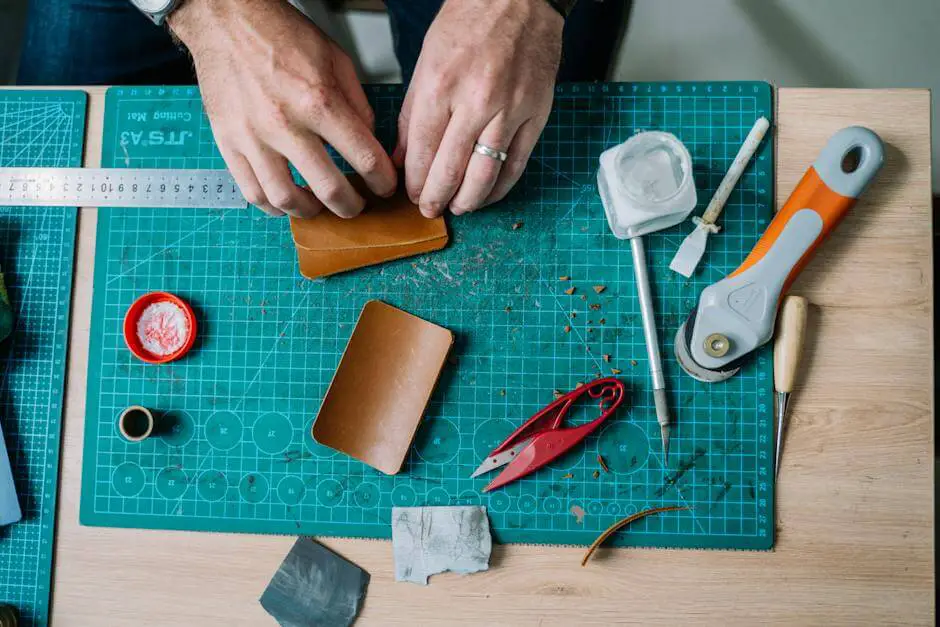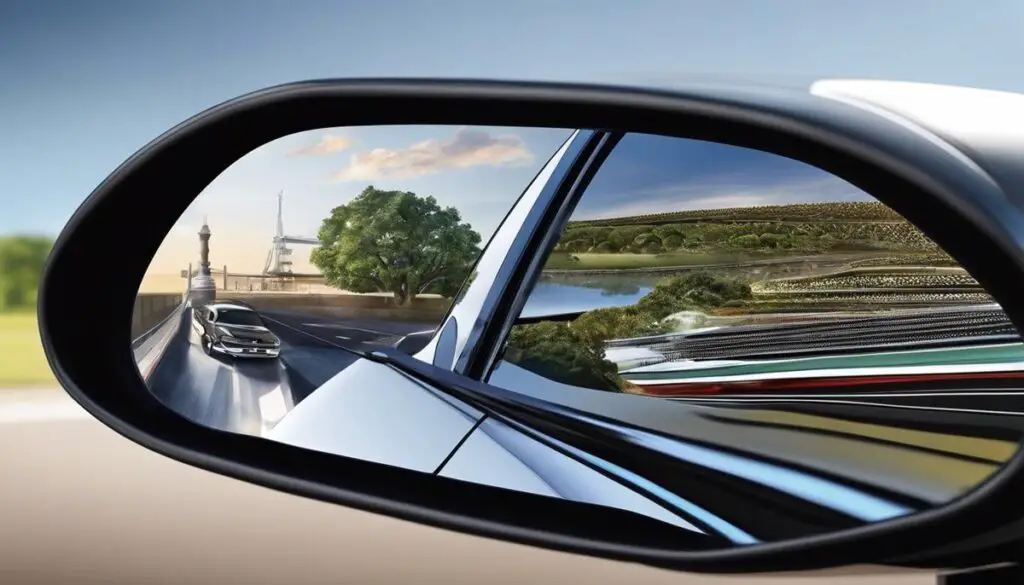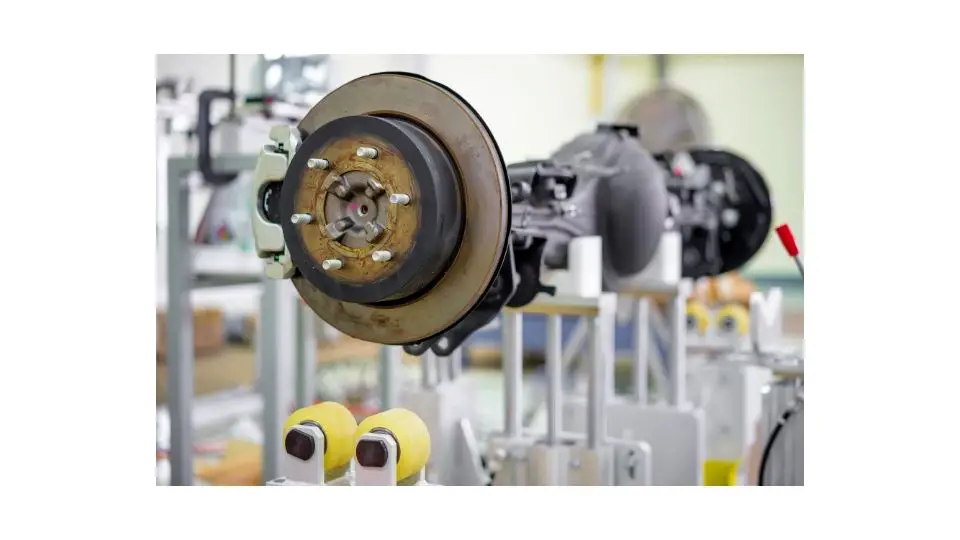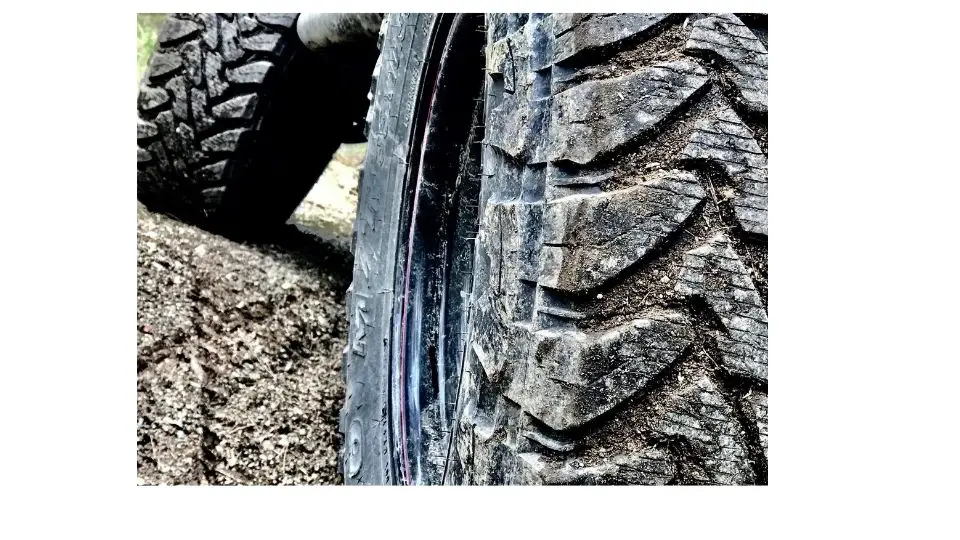Being an enthusiast or hobbyist with a love for automotive DIY projects is not only enjoyable but also empowering. One task that can be deemed as an essential skill is learning how to reattach a rear view mirror. It is a process that requires understanding the structure and importance of a rear view mirror, gathering the necessary tools and materials, and familiarizing yourself with the actual process of reattachment. Being equipped with this knowledge will not only enhance your practical skills, but could also significantly increase your confidence on the road.
Understanding The Rear View Mirror Structure
Step right up, enthusiasts, and welcome to another lesson in the wonderful world of automotives. Today, let’s shift gears and focus on a vitally important, yet often overlooked component: the humble rear-view mirror. Though small and seemingly straightforward, don’t let its simplicity fool you. The functionality and structure of this unsung hero of road safety is worth understanding.
It all starts with the straightforward structure of the rear-view mirror. Generally, it’s composed of two main parts: the mounting base and the mirror itself. The mounting base securely attaches to a car’s windshield with an adhesive, ensuring the mirror stays in place through every twist, turn, and bumpy road.
Then, there’s the star of the show: the mirror. It’s typically constructed of two types of glass: the standard clear and reflective, and then, a layer of something real special, called electrochromic auto-dimming glass. The clear and reflective glass serves the basic function, allowing drivers to monitor the traffic behind them.
Now, let’s explore the main functionality: the incredible visibility it provides. By reflecting light, it acts as an important safety device, providing a clear view of vehicles behind and to the sides. While driving, multiple lane traffic or the sudden appearance of a vehicle in the blind spot can be hazardous. The rearview mirror steps in, making these vehicular feats manageable and more secure.
But there’s another intriguing aspect of rear-view mirrors that we must address: the auto-dimming feature, a remarkable advancement in rear-view mirror technology. As the sun sets, headlights from cars following behind can lead to a glare in the rear-view mirror, making it challenging for drivers to see. The auto-dimming feature steps in, reducing this glare by darkening the mirror.
This darkening occurs thanks to that special type of glass we mentioned earlier: the electrochromic auto-dimming glass. This glass contains a layer of electrochromic gel sandwiched between two clear, conductive layers of glass. When a sensor on the mirror detects headlights from following vehicles, it sends an electric charge through the gel. This charge darkens the gel, thus dimming the mirror in direct proportion to the light detected. Cool, right?
So, as the sun sets on this piece, we’ll leave it at this: rear-view mirrors, in their simplicity and ingenuity, are an absolutely crucial part of a vehicle’s safety gear. From their structural design to their technological advancements, these bits of reflective glass work tirelessly to keep drivers aware and safe on the roads. So, next time you hop in the car, give a nod of appreciation to your trusty rear-view mirror!

Gathering Necessary Tools and Materials
As passionate hobbyists of all elements of auto repair and care, gaining comprehensive knowledge about the tools and materials needed for specific tasks may seem a bit intimidating. But fear not! We’ve got you covered. To put into practice your love for auto repair, today we’re going to delve into the nitty-gritty of a question you might have pondered on: What tools and tools do you need to successfully reattach a rear-view mirror?
To kickstart this process, let’s delve into the quintessential toolkit needed for this task. Items you’ll require include: adhesive remover, rubbing alcohol, a razor blade or scraper, a marker, masking tape, a rear-view mirror adhesive kit, and of course, the rear-view mirror.
First up, let’s touch upon the importance of adhesive remover. Its main role is to remove any hardened adhesive left over from the previous mirror implementation. Indeed, for a smooth reattachment, a clean slate is key. A razor blade or scraper also works in tandem with the adhesive remover to scrape off any stubborn residue.
Next up, artists and hobbyists in the crowd will be happy to hear that a marker plays a pivotal role in this process! You’ll need it to mark the exact spot where you want your rear-view mirror to sit thus ensuring alignment is maintained. Rubbing alcohol is another crucial aspect, serving the purpose of cleaning the windshield and the mounting area of the mirror.
Masking tape, a commonly found staple in every hobbyist’s toolkit, also finds its application here. It provides support to the mirror while the adhesive cures – can’t overlook the importance of stability during this process!
The heart and soul of the reattachment process is the rear-view mirror adhesive. This particular adhesive is specifically engineered for the car’s environmental conditions and can handle the weight of a rear-view mirror, unlike normal superglue variants. Purchase a rear-view mirror adhesive kit, as this not only includes the adhesive but an activator as well, creating an effective curing process.
Last but in no way least, is the hero of our project, the rear-view mirror itself. Make sure your mirror is clean and ready. Depending upon your specific car model, either the assembly itself needs to be reattached, or simply the mirror.
Et voila! You have at your fingertips now the essential tools and materials to reattach your rear-view mirror. Remember, this task demands patience and precision above all else. Start confidently with your toolkit, treat it as an opportunity to reinforce your auto repair skills, and watch as your road safety skyrockets with a perfectly positioned and securely reattached rear-view mirror. Journey ahead safely!

The Reattachment Process
Now that we’ve delved into the structure and importance of the rear-view mirror, it’s time to dive right into the crux of the matter – how to reattach it properly, ensuring a clear line of sight and maintaining regular functionality.
First and foremost, get your gear ready. To kick off, you will need an adhesive remover (to clear off old adhesive from the windshield and mirror button), a razor blade or a scraper, a marker (for marking the location), rubbing alcohol (for cleaning), masking tape (for holding mirror in place while the adhesive dries), a rear-view mirror adhesive kit, and of course, the mirror itself.
Start by removing old adhesive from the spot on the windshield where the rear-view mirror was initially attached. Use your razor blade or scraper for this, but remember to be careful and gentle to avoid damage to the windshield.
Next step is to mark that spot. Place the mirror exactly where it’s meant to be, and with your marker, make a small mark on the outside of the windshield to indicate mirror’s location. Accuracy at this point is key, as a misaligned mirror can have safety implications.
Proceed to clean both the marked spot on the windshield and the rear-view mirror button using rubbing alcohol. This ensures any residual adhesive or grease is entirely removed, permitting a strong bond to form between the pieces.
Safety first – always ensure to wear gloves from this step onwards. Apply the adhesive included in your rear-view mirror adhesive kit to the mirror button, ensuring it covers the entire surface. This adhesive is specifically designed to withstand the temperature changes a car experiences, making it suitable to keep the mirror securely in place.
Next, place the mirror button with adhesive on it on the pre-marked spot on the windshield. Apply pressure for about a minute to ensure a tight bond forms.
Masking tapes come in handy at this point. Fix them accordingly to hold the mirror in place while the adhesive dries. Different types of adhesive have diverse drying times, check instructions on the adhesive kit. It usually ranges from 15 minutes to a few hours.
Lastly, once the adhesive has completely dried, reattach the mirror to the mirror button. Most mirrors slide onto the button, locking in place with a small set screw. Tighten it securely.
Voila, you’ve successfully reattached your rear-view mirror! Now onto the open road, with the assurance of safety and optimal performance of this critical car component.

After mastering the art of reattaching a rear view mirror, you will discover the sense of accomplishment that comes with acquiring a new skill. Your understanding of the rear view mirror’s structure, identification of the necessary tools and materials, and processing a hands-on application, these are all steps to a successful DIY rear view mirror attachment. Remember, the road to expertise is often filled with hands-on experience, and each task accomplished is a step closer to becoming a seasoned vehicular DIY enthusiast. So, never stop learning, never stop trying, because every little effort counts significantly in the grand scheme of things.





